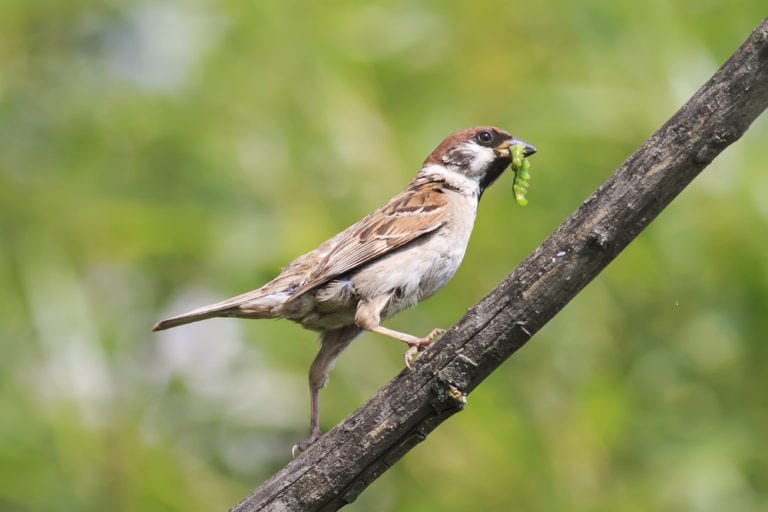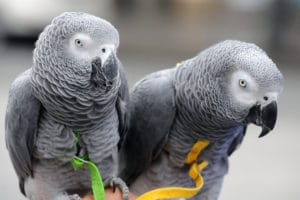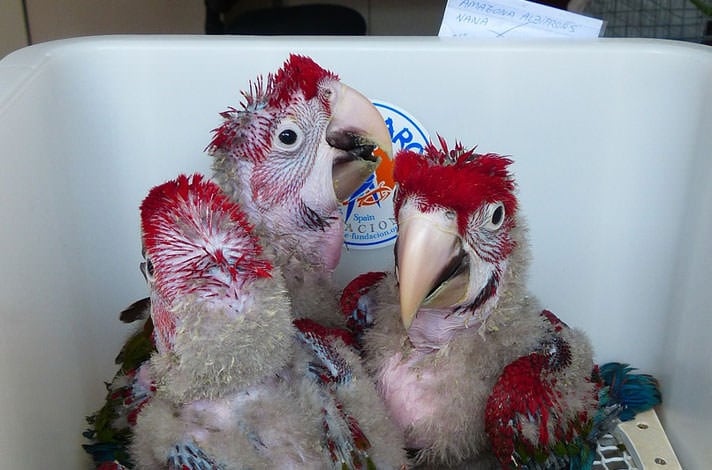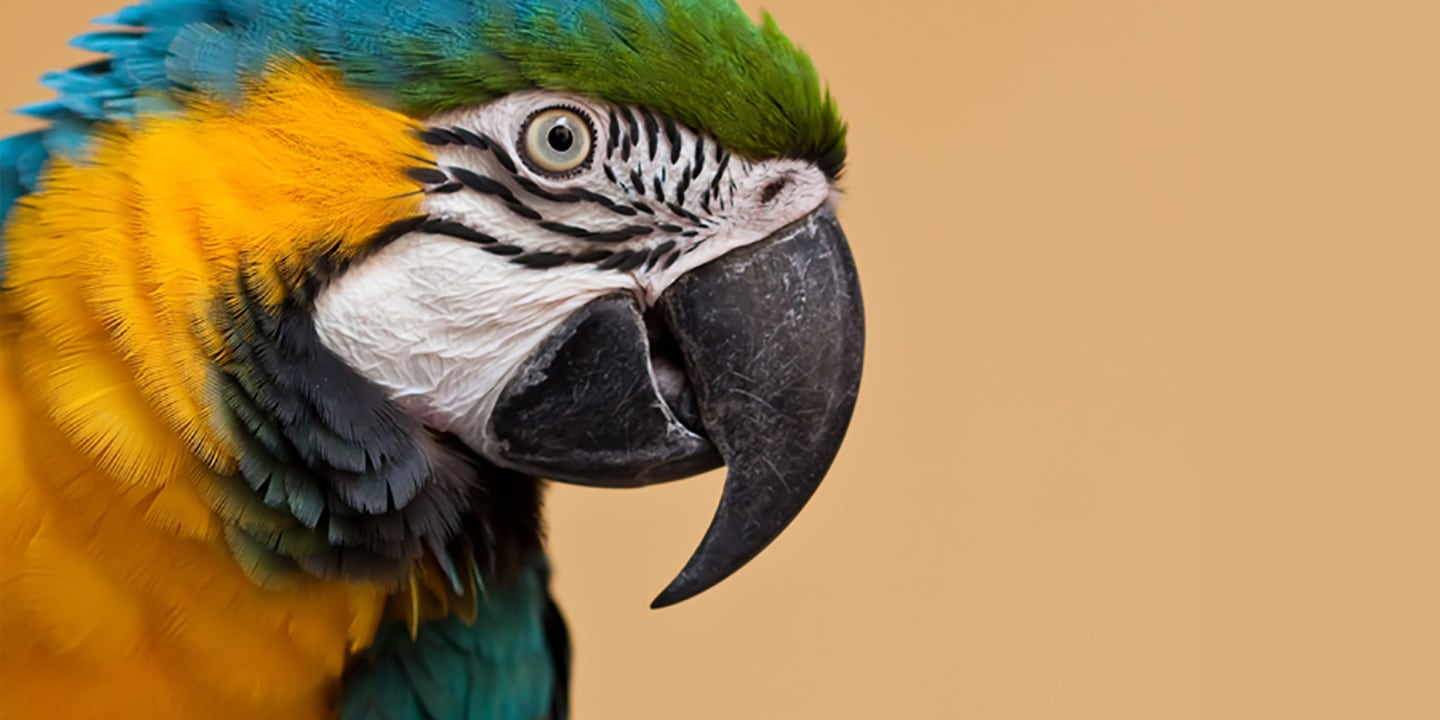Q:
My birds are breeding, but they don’t lay in the box. They just drop the eggs through the cage bottom. Should I sell these breeders and buy new ones? I bought these pairs of cockatiels as proven, so why aren’t they having babies?
A:
A: Problems incurred with birds, whether they are pets or breeders, can seldom be solved without an overview of the entire history of the birds and breeding facility, regardless of size. It may also require answers to questions and some additional background research. However, I will try to answer your question based on the information you have given.
What Is A Proven Pair?
The words proven pair mean different things to different people. When you are considering the purchase of a proven pair of birds, ask the seller exactly what he or she means by proven. Do the birds incubate their eggs? Hatch and feed the babies? What is the age of the breeders? How many eggs per clutch do they lay? How many of those eggs are fertile? How many of the fertile eggs hatch? Do they feed the chicks and for how long? Are they good feeders? Do they pick the feathers of the chicks? Ask questions before you make the purchase and get answers in writing.
Having these answers placed in writing does a couple of things. There is less of a chance of the breeding results being exaggerated when it is required to be in writing. Also, a written breeding history leaves nothing to memory. Many of the things we are sure we will remember over time are forgotten, and some of the things we do remember are not accurate or in the same context.
Find Your Breeding Birds’ Comfort Zone
It is possible the birds in question are not comfortable with either the cage or nest box location, lighting of the nest area or the design of the box. It may also be a combination of factors. The fact that more than one pair is involved leads me to believe the problem is not necessarily with the birds but the placement or style of the nest box and, possibly, cage location.
Generally, it is the male that enters the box and calls for the female to enter. If the male is not comfortable about the location or the box itself, often, but not always, the hen will not enter the box to lay her clutch of eggs.
This situation is not limited to cockatiels. It is the young or novice bird pair most often uncomfortable with the nest box. The chance of breeding success can be increased by keeping as many things the same as it was in the previous home for recently purchased proven breeders. This includes a similar environment outside the breeding cage, and the same type and size of breeding cage and nest box. The placement of the nest box is an issue with some pairs. Consider the way the light or lack of light in the room affects the entry hole. Inspect the size of the nest box hole compared to what they used prior.
Size And Entry Of The Nest Box
All things being equal to previous conditions, turn your attention toward the nest box. It has been my experience that nest box adjustments are the most successful solution. Very small boxes and large boxes without entry ladders do not provide nesting security. Some birds will not squeeze into a very small box. Both the parents and a nest of young will be residing inside the nest box. Consider the room needed when planning on the nest box size. When the nest box is large and/or entry is not easily navigated by the pair, it is possible they will not use it. Decreasing the depth or adding a secure entry ladder will provide the security desired. Secure the entry ladder for the safety of the birds.
Utilizing a larger parrot-type nest box adjusted for easy access for a cockatiel pair may be an idea if you are still not successful with the pair laying their eggs in the nest box. The larger size of the box, as well as the larger opening, will not inhibit cockatiels. They would be able to stand at the entry hole seeing there is not danger and all is safe for their future offspring.
Lighting For The Nest Box
Breeding bird pairs are not always eager to go into a dark, unknown area not having any idea what danger may lie inside — not being able to see how deep the area is or how safe. Accessible light to the entry hole helps to provide security for the pair. This does not mean having a light shining directly into the opening. Obtaining the desired results may be as easy as placing the box in a different location. Position it to allow the light of the room to shine into the entrance just enough for them to see into the box.
I have noticed the nest boxes that cause the most problems are those hanging on the same side of the cage as the light source, with a solid wall on the opposite side. The nest box back is toward the light, blocking it from one side and the solid wall blocks out light on the other side of the cage. Repositioning the box to the wall side of the cage or to either end will permit just enough light to hit the nest box opening.
Widening the entry, changing the shape to be more rectangular, making it higher or wider is all the adjustment many pairs need to entice them into the nest. Jarring the lid just enough to allow a little light into the box so the parents can see in may be all the coaxing a pair requires to set up housekeeping.
Once birds are acclimated to the breeding area and the daily routine, they will be more comfortable and settle into a normal breeding schedule. It is very possible the previous required nest box adjustments will no longer be an issue for these pairs.
Posted By: Chewy Editorial
Featured Image: Via Shutterstock/aodaodaodaod
Share:









